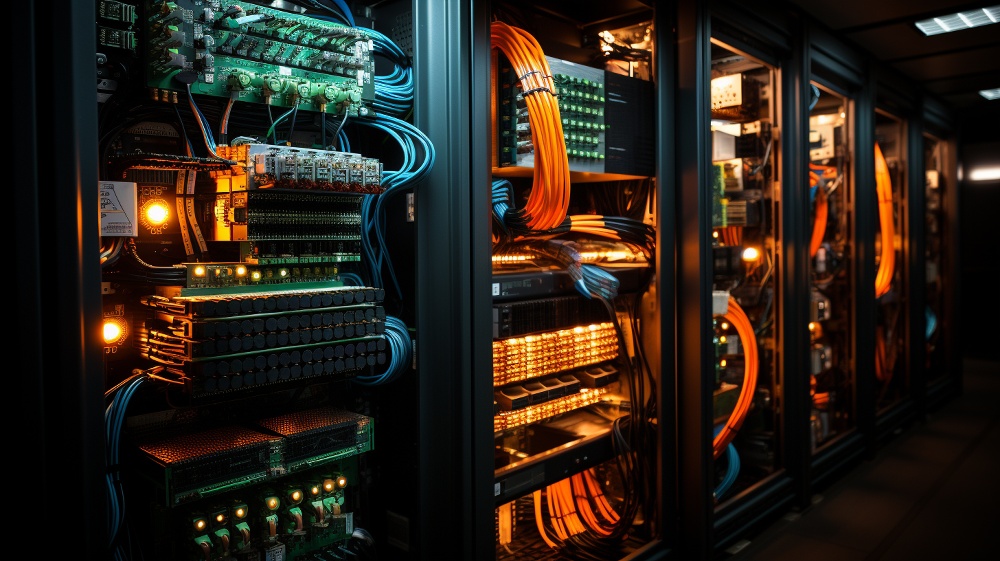
Both switchgear and switchboards consist of equipment used to distribute and control the flow of electricity throughout the data center. While the terms “switchgear” and “switchboard” are often used interchangeably, there are significant differences in their respective designs, functions and applications. Let’s take a moment to look at some of the primary differences between these systems so you can make the right choice for your application.
Capacity Differences
One of the main differences that sets switchboards and switchgear apart is the capacity they’re designed for. Generally, switchboards are intended for usage below 600 volts or 4,000 amps, making them best suited for small commercial buildings with basic electrical demands. For example, switchboards are a good fit for many retail stores and office buildings. Some small industrial facilities may also be able to use switchboards.
Switchgear, on the other hand, is designed for a wider range of capacity—from low voltages all the way up to 350 kilovolts (kV). This makes switchgear a better fit for larger commercial and industrial facilities. It’s also a better fit for most data centers because, even at low-voltage applications, switchgear provides more protection for equipment.
Size Differences
In addition to capacity differences, switchboards and switchgear also differ when it comes to physical size. Switchboards tend to have a more compact design which may be preferable for smaller spaces with low-voltage demands.
Switchgear is generally larger, and some assemblies may even be located outside of the main facility as a self-contained structure. While switchgear includes more equipment that inevitably takes up more space than a switchboard, you’ll find modular enclosures and space-optimized designs on the market that can make switchgear a practical option even in smaller spaces.
Functionality Differences
Handling a greater capacity (and likely taking up more space) isn’t the only thing that makes switchgear more of a powerhouse compared to switchboards. There are also differences in the features each of these systems brings to the table.
Switchboards offer basic functionality, often with manual operation. This is adequate in many applications, but for most data centers, it falls a bit short. Switchgear is a more robust solution, with more features for higher currents and greater reliability. Plus, switchgear often operates automatically, so you can enjoy seamless power distribution and consistent protection throughout your facility.
Cost Differences
One difference customers will notice between these two types of products is the price. Switchboards are initially less expensive due to their more limited capacity and functionality. However, the sticker price isn’t the only cost you should consider when comparing these products.
In some applications, switchgear may prove to be the more cost-effective choice because of the increased reliability and safety it offers. Consequences of an electrical failure, such as downtime, data loss and a damaged brand reputation, could lead to significant financial losses. In fact, Uptime Institute found that the cost of outages has been on the rise, with more than 60 percent of outages now resulting in at least $100,000 in total losses.
The Critical Role of Switchgear in the Data Center
In a data center, effective electrical distribution, control and protection are absolutely paramount. You can’t afford for a hiccup in your electrical flow to cause downtime or data loss. Switchgear that’s rightsized to your needs can set you up for success. It’s no wonder switchgear has taken on an increasingly significant role in the data center world.
At PCX, we understand the intricacies of tailored electrical solutions for data centers of all sizes. Both switchboards and switchgear play important roles in distributing power safely and reliably throughout the data center, with switchgear offering distinct advantages for higher capacity or higher stakes applications.
Want to learn more about switchgear and its role in the modern data center? Read The Complete Guide to Switchgear!



Comments